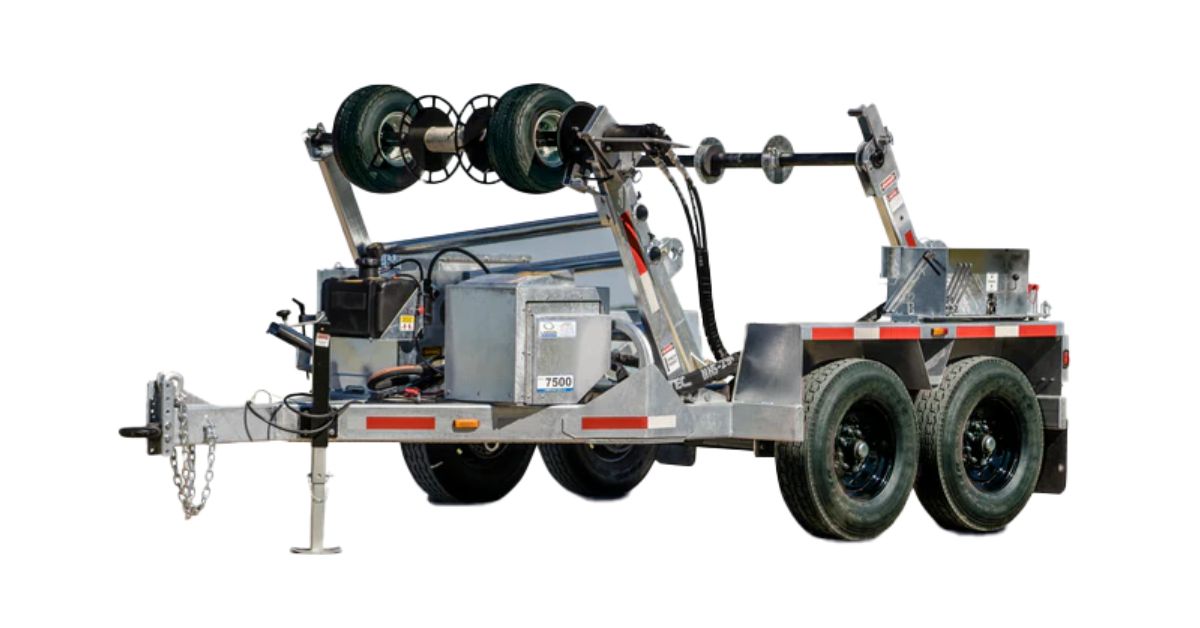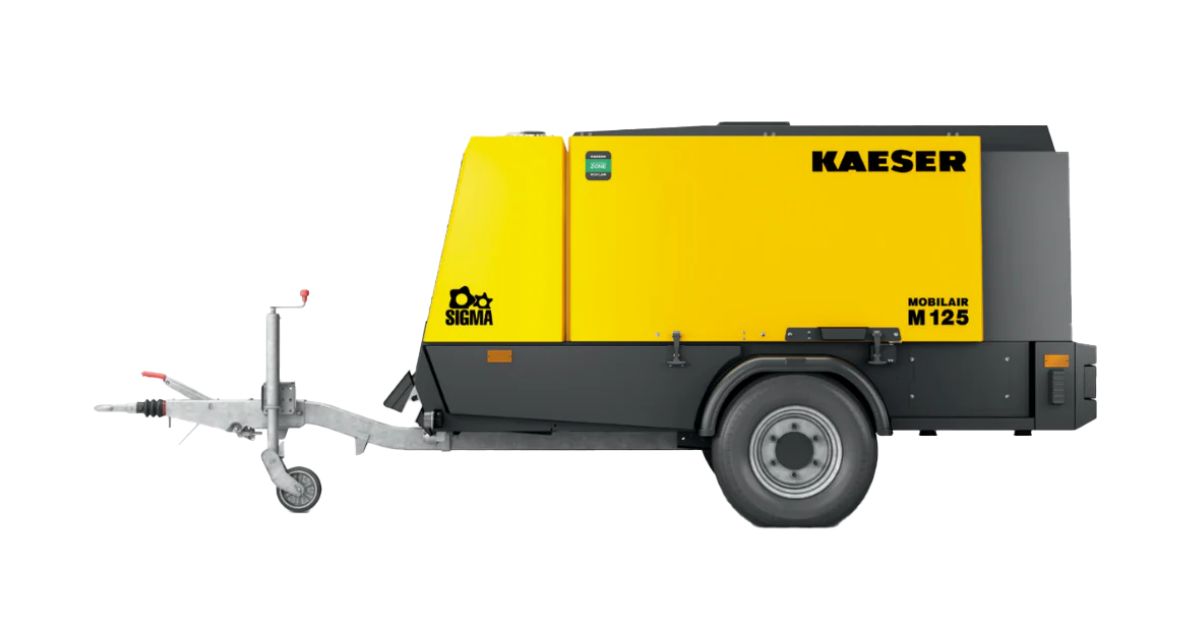No products in the cart.
When To Deploy Fiber-Splicing Trailers for Field Work
Home When To Deploy Fiber-Splicing Trailers for Field Work
- Home
- Resource Hub
- Millennium Blog
- When To Deploy Fiber-Splicing Trailers for Field Work

Fiber splicing is a complex process that requires precision, control, and efficiency. For Internet service providers (ISPs), contractors, and rural broadband installers, field operations can be challenging without the proper setup. This is where fiber-splicing trailers come in. Designed as mobile workstations, these trailers provide ideal environments for seamless, high-quality fiber-optic splicing.
This guide will explore when to deploy fiber-splicing trailers for field work, what makes these trailers invaluable, and how tailored rentals can elevate your project operations.
What Are Fiber-Splicing Trailers?
Fiber-splicing trailers are mobile units specifically built to facilitate fiber-optic splicing in the field. Equipped with climate control systems, workspace organization features, and power generators, these trailers offer a controlled environment for complex tasks. Whether operating in remote locations or urban centers, fiber-splicing trailers are the backbone of splicing operations.
Key Splicing Trailer Components
Fiber-splicing trailers are thoughtfully designed to meet the demanding needs of telecommunication professionals. These trailers incorporate advanced features and specialized components to streamline workflows and maintain precision in fiber-optic splicing tasks.
Climate Control Systems
Field conditions can be unpredictable, and a stable internal environment is critical for fiber splicing. Trailers are equipped with heating, air-conditioning, and ventilation systems to keep temperature and humidity consistent and reduce splice failures.
Power and Generator Systems
Fiber splicing requires precision tools and thus demands a stable power supply. Most trailers incorporate generators or advanced power systems for continuous operations, even in remote regions without accessible power sources.
Workspace Organization and Ergonomics
Interior layouts are carefully designed for a seamless workflow that optimizes efficiency and productivity. Every detail is planned to create a space that supports smooth, uninterrupted operations.
For instance, a splicing trailer workplace may include labeled storage compartments for easy retrieval of tools and spacious countertops for equipment setup. Ergonomic seating minimizes worker fatigue during long splicing sessions.
Safety and Security Features
Fiber installations require expensive tools and delicate, sensitive materials for proper setup and functionality. To manage this process efficiently, splicing trailers often have specialized tools and resources, including lockable storage for equipment, grounding options for safety during electrical operations, and fire suppression systems for emergencies.
Different Types of Fiber-Splicing Trailers
Understanding the types of splicing trailers available is essential for finding the right solution for your fiber-optic operations.
Standard Splicing Trailers
These trailers are equipped with essential features, including climate control, proper lighting, and basic tool storage. They’re specifically designed to cater to straightforward fiber projects for efficiency and convenience on the job.
Customized Splicing Trailers
These trailers meet the unique demands of various projects, offering a combination of functionality and versatility. They include advanced storage solutions, additional workspace areas, and specialized equipment mounts to support a wide range of needs.
Specialty Trailers
Specialty trailers are designed to accommodate niche and large-scale operations, offering flexibility to meet a variety of needs. They often feature enhanced connectivity for monitoring systems and expanded interiors to support multiple technicians comfortably.

When To Use Fiber-Splicing Trailers for Field Work
Fiber-splicing trailers are indispensable tools in many unique scenarios, offering an efficient mobile solution for fiber-optic cable splicing. But when are these trailers the right choice for your project? Review the following uses of splicing trailers in field work.
- Remote locations: Trailers provide all necessary utilities and a controlled environment, overcoming the logistical challenges of working in areas without infrastructure.
- Weather-sensitive projects: Climate-controlled trailers safeguard against environmental conditions that could interfere with splicing accuracy.
- Rural broadband expansion: Extending projects in rural locations greatly benefits from trailers that double as mobile workstations, helping to bridge the digital divide.
Deploying these trailers in the above scenarios helps your team focus on quality and efficiency rather than battling logistical roadblocks.
Factors To Consider When Deploying Fiber-Splicing Trailers
Successfully deploying a fiber-splicing trailer requires careful planning and consideration of the project site’s unique requirements. Addressing key factors will make it easier to efficiently set up the trailer to meet your job’s demands.
Location Accessibility
The deployment site must be easily accessible, with appropriate roads and parking spaces near the work area. Strategically placing the trailer minimizes travel time and boosts operational efficiency.
Power Supply
Evaluate the availability of a stable power source. With splicing relying on precision, having uninterrupted power leads to smooth operations and high-quality outcomes.
Environmental Conditions
External elements, such as temperature, wind, and humidity, can impact splicing quality. Deploying climate-controlled trailers mitigates these risks, creating optimal work conditions.
Tool and Equipment Readiness
Before deployment, confirm all splicing tools and machines are in proper working order. A pre-deployment checklist can help you avoid equipment-related delays.
Safety Requirements
Adhere to safety protocols by equipping trailers with grounded electrical systems and providing personal protective equipment (PPE) for crew members. Safety compliance protects workers and underscores professionalism.
Communication and Coordination
Equip trailers with communication tools to facilitate seamless interaction between field teams and management. Effective communication is key to addressing issues promptly.
Mobile Connectivity
Real-time access to project updates, remote support, and documentation is invaluable. Set up mobile or satellite connectivity for uninterrupted digital access.

Fiber-Splicing Trailer Rentals From Millennium
Millennium offers purpose-built splicing trailer rental solutions that cater to diverse field project needs. Here’s why our trailers stand out:
- Tailored options: Select from standard or customized trailers tailored to your specific project scope and team size.
- State-of-the-art design: Our rentals feature top-tier climate control, ergonomic layouts, and secure, organized storage.
- Flexible rentals: Millennium supports your short-term and long-term rental needs for scalability no matter the size of your operations.
- Expert guidance: Unsure which trailer best suits your needs? Our team is ready to provide guidance that supports your decision-making.
Empower Field Operations With Fiber-Splicing Trailers
Fiber-splicing trailers aren’t just a convenience; they’re a strategic tool for project success. By understanding when to use fiber-splicing trailers for field work, you can empower teams to deliver high-quality results, even in challenging field conditions.
If your next project requires the precision and reliability of a fiber-splicing trailer, try Millennium’s fiber-optic splice trailer rentals. With customizable designs and expert support, we’ll help you stay ahead in the fast-moving world of fiber-optic installations. Request your rental today to set up your fieldwork for success.
